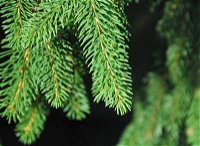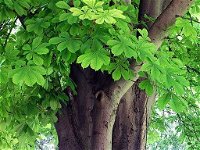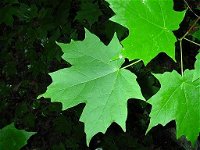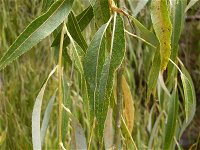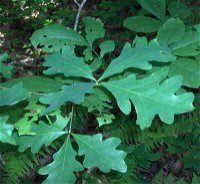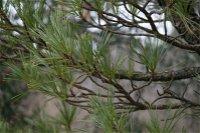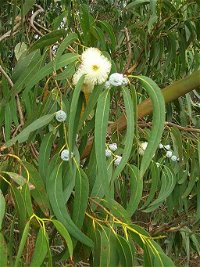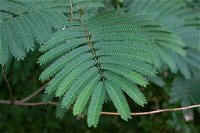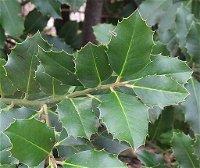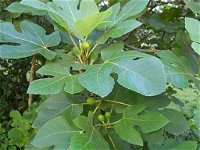
Tree and Leaf Trivia Quiz
Titled after a book by nature-loving J.R.R. Tolkien, this quiz will test your knowledge of the foliage of some fairly common trees found in the temperate regions of the world. Can you match each tree to its leaves?
by LadyNym.
Estimated time: 3 mins.
